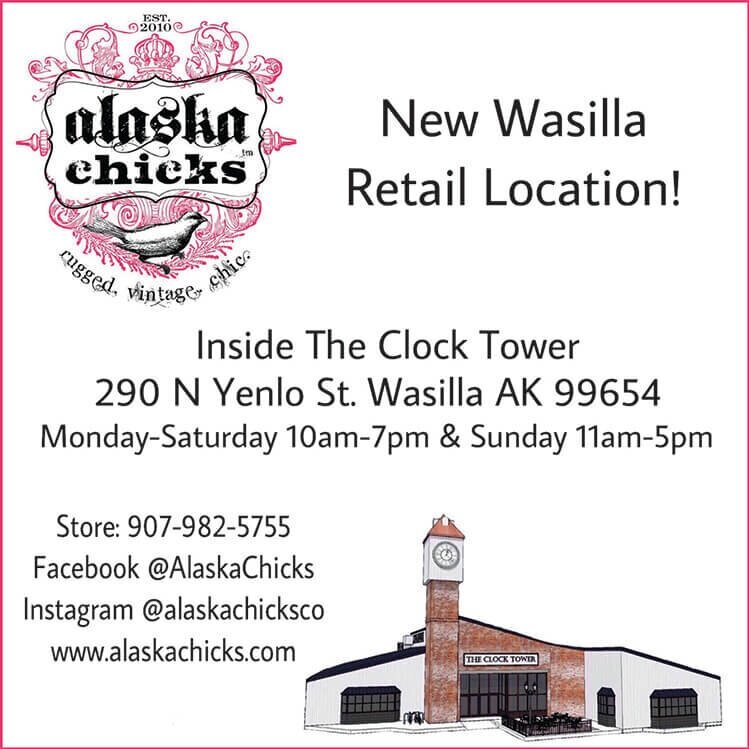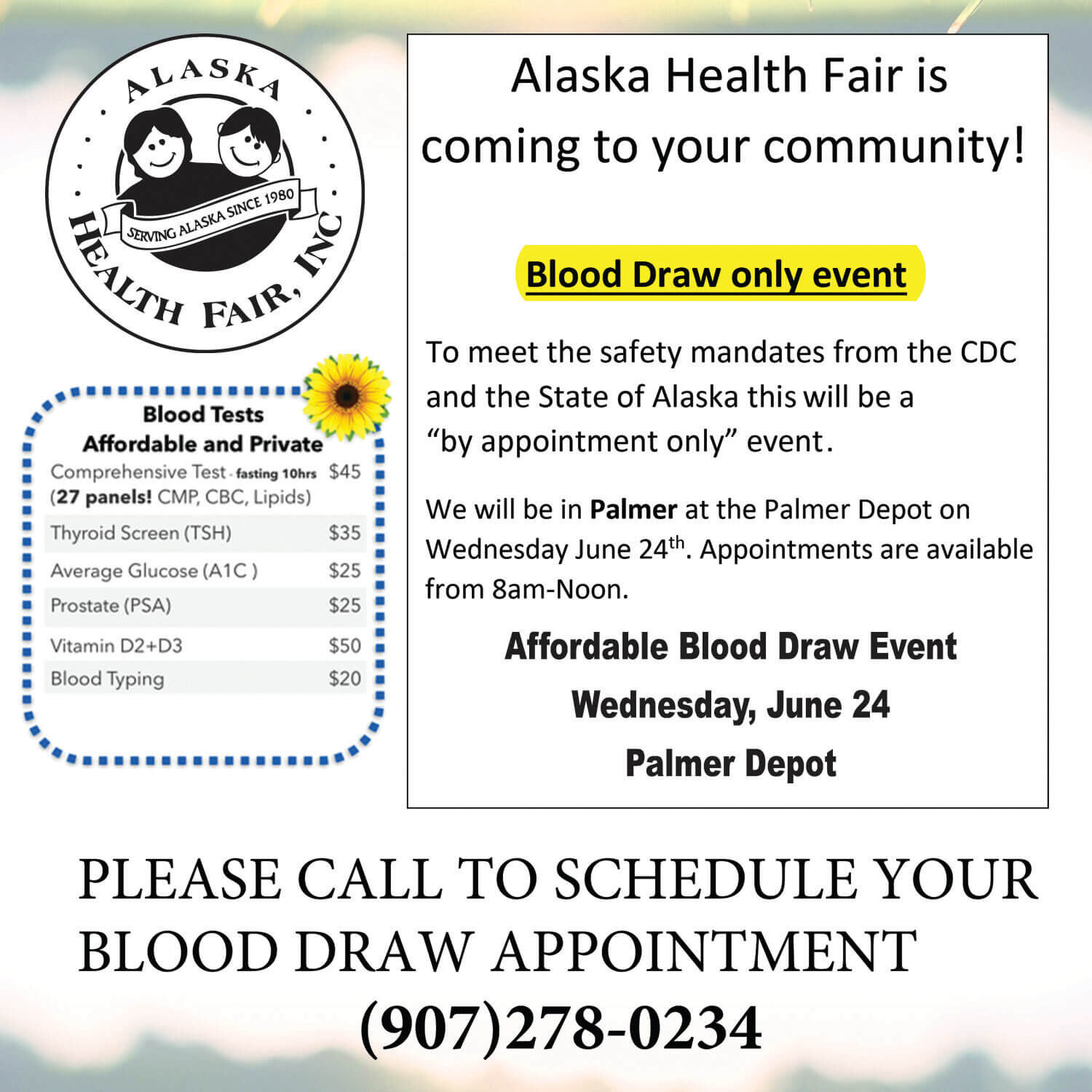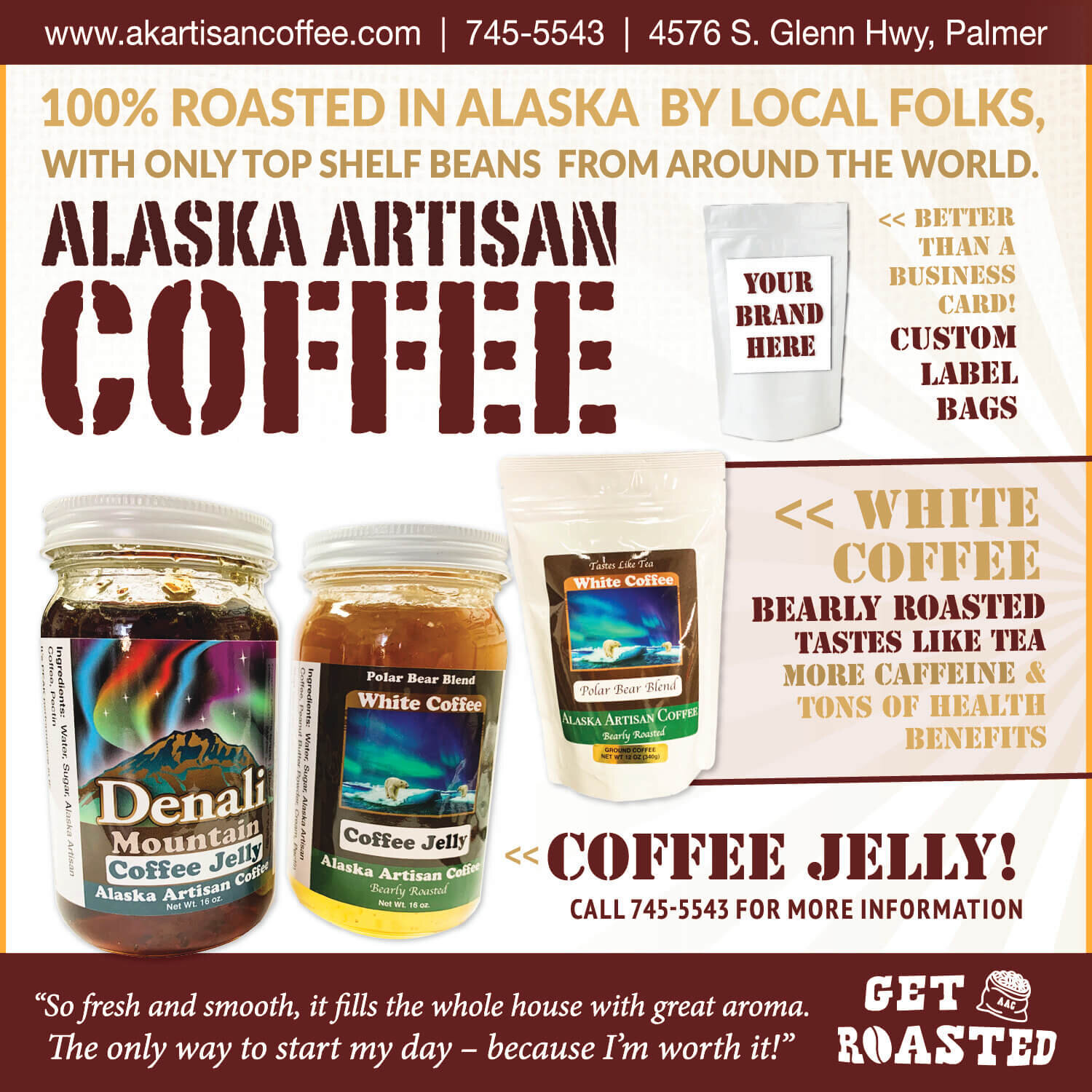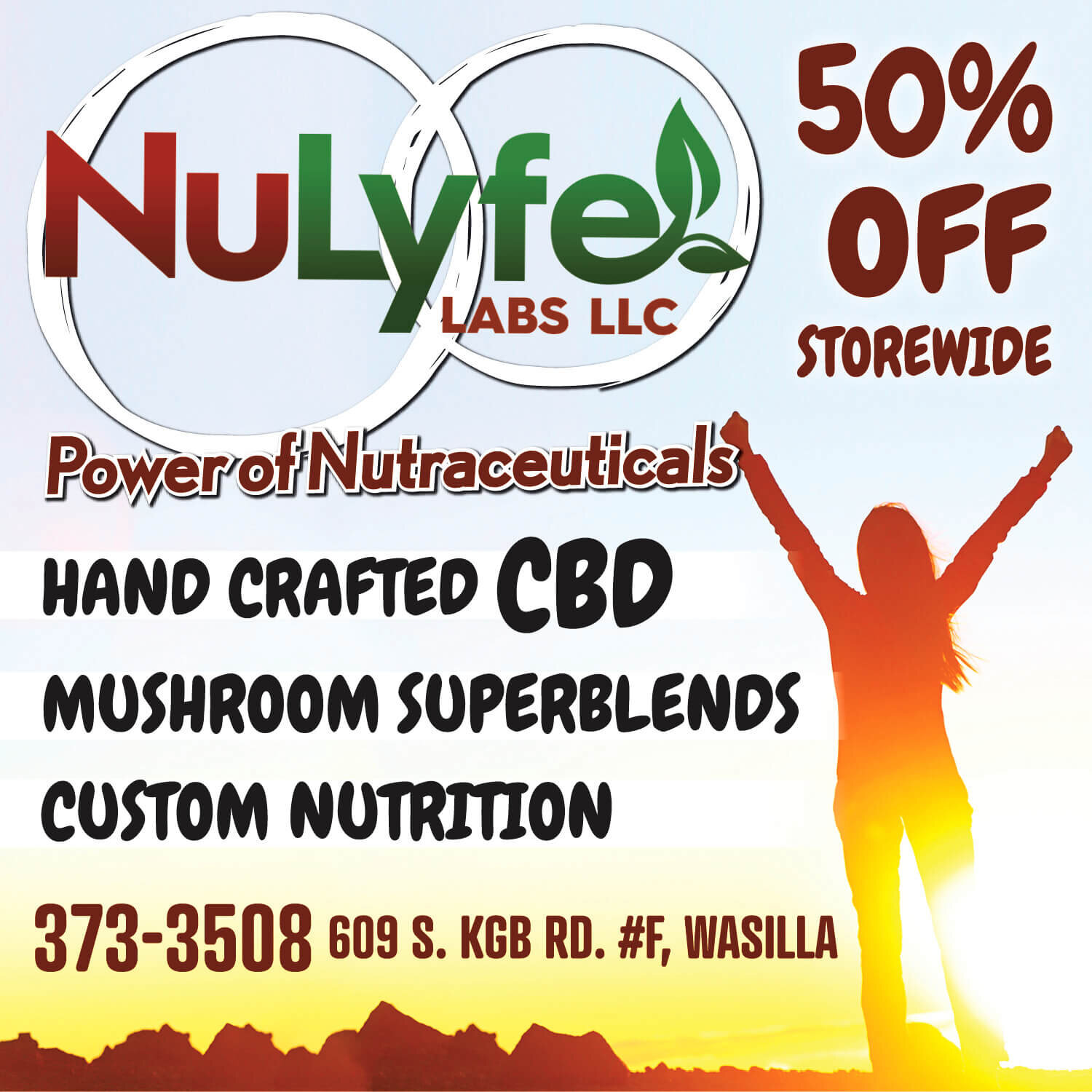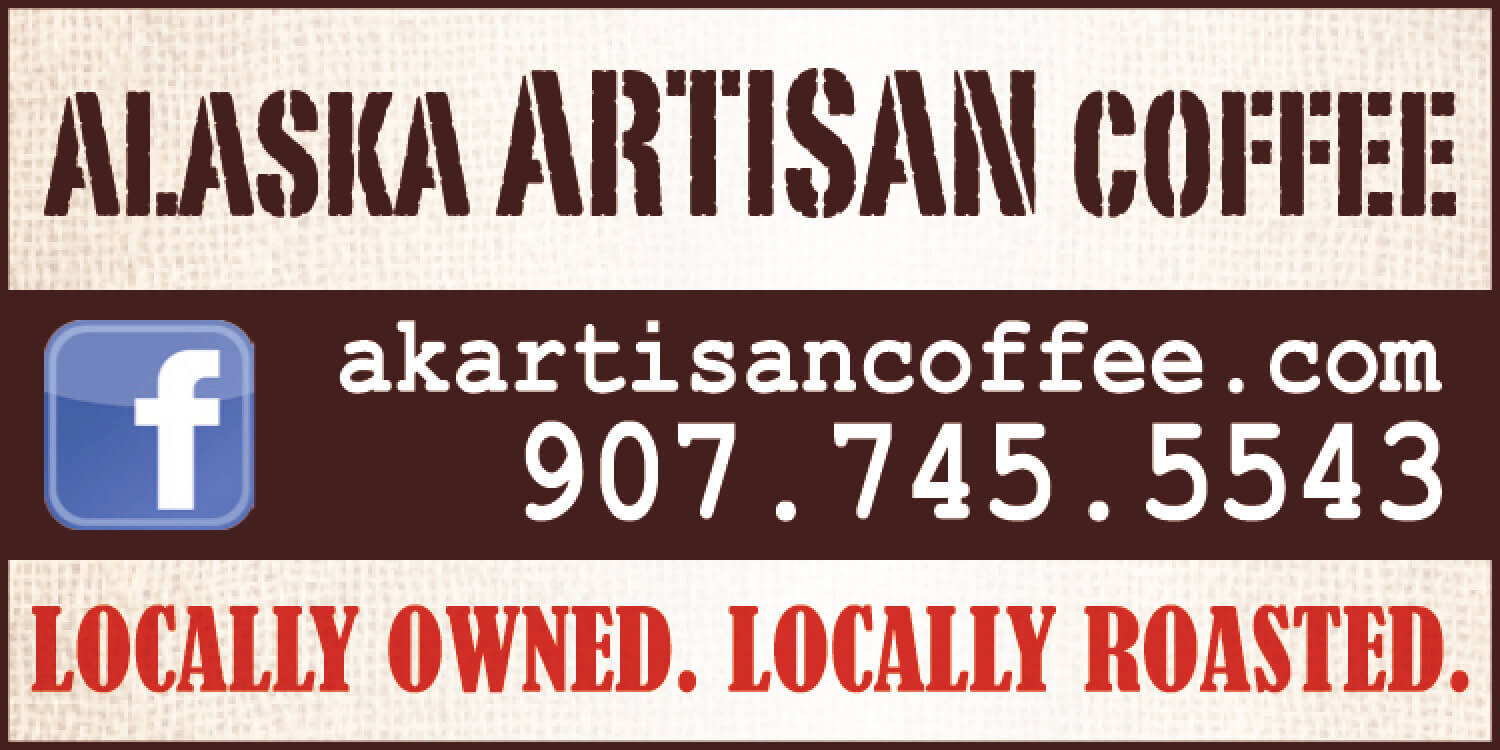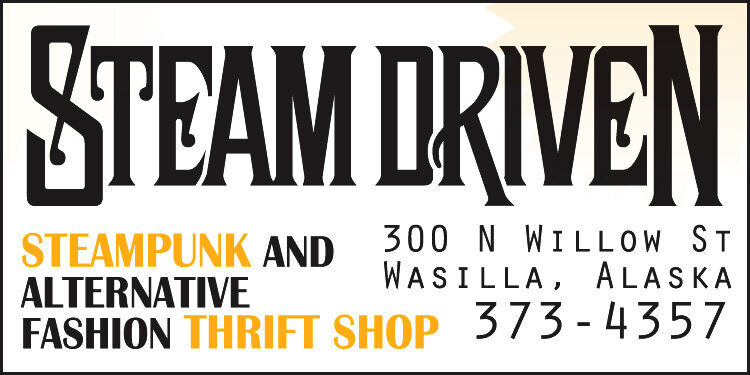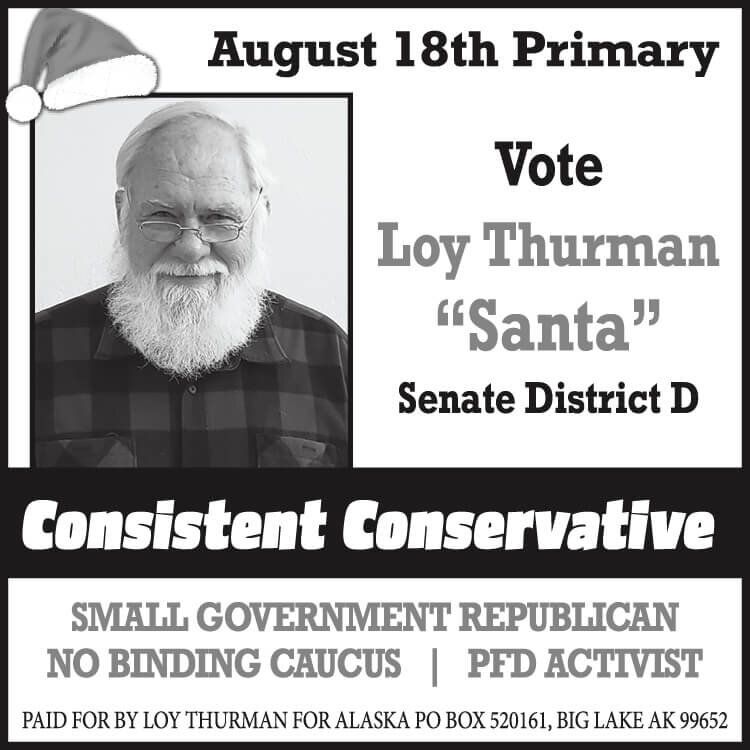Contributed by Don Dyer
Farmer, Polaris Poultry
On November 30, 2018, at 8:29 AM Alaskans got a wakeup call. Yes, we did have a 7.1 magnitude earthquake. However, I’m not talking about the shaking or the broken dishes.
Did it run through your mind… “Is this another 64 quake?” How bad is it? How disruptive will this be? Do I have enough …? You could see it in the looks on people’s faces, and by reading their social media posts- they were caught completely unprepared. Or as some say… “With their pants down”.
There were long lines for gasoline, and even longer lines and empty shelves at grocery stores. The “officials” will tell you that there is a “three-day supply” of food in the grocery stores. I had always been suspicious of that statement. So, I visited some local grocery stores just to see for myself. Just as I had surmised, it was 10:00 AM, and the shelves that had essential items were mostly empty. The anxiety of the shoppers that were too late to get the basic essentials was palpable.
Thankfully, earthquakes are a relatively rare event. However, a more common event is a shipping disruption. Just last week, one of the shipping companies that supplies Costco experienced a mechanical breakdown and many of the shelves and cases sat empty. In my 15 years in Alaska, I have seen this happen numerous times.
The hard fact is that Alaskans import 96% of the food they consume. We depend on producers and distributors that are at the other end of a 1,700+-mile supply chain in the lower 48. Most of our food makes its journey to the ports of Seattle or Tacoma and is then delivered to the Port of Alaska in the city of Anchorage.
The supply chain that delivers Alaska’s food is vulnerable to disruptions, such as: labor disputes, natural disasters, weather, financial failures, computer systems failures, pandemics, mechanical issues, just to name a few.
Another consequence of choosing to be dependent on imports is taxation without representation. This tax comes in the form of tariffs and is built into the price of the goods that you buy. Alaskan consumers will be shouldering the burden for the $2 Billion Anchorage port repairs. That will amount to an average of $11,500.00 increase in the prices paid for goods for every south central Alaska household.
Back in 1955, Alaskans supplied Alaskans with 55% of the food consumed. So, what changed? Why did Alaskans surrender their food independence for complete dependency? This question is especially troubling when you realize that today, there are 496 other Americans in the lower 48 states, for every individual in Alaska. Essentially, if push came to shove, Alaskans are outvoted 496 to 1. If someone at the origin of the food supply is forced to make a choice of who receives food, it’s not even going to be a coin toss.
Independence vs Dependence? Most of the answer lies in consumer behavior that Alaskans have been conditioned to do. Let’s take milk for example. Our local Mat-Su Havemeister Dairy produces about 600 gallons of milk per day, or 220,000 gallons of milk per year. Their product always sells out. However, Mat-Su consumers buy just under 2 million gallons per year. So, the Havemeister Dairy has about an 11% market share. You might ask: Why doesn’t Havemeister just buy more cows, expand their production and crowd out the imported milk? One of the answers is… consumer conditioning.
The average consumer has been conditioned to pay around $3.50 for a gallon of imported milk versus Havemeister Milk at $5.60 per gallon.
So why would someone pay 60% more for milk? Answer: Perceived value. People that buy Havemeister Dairy milk do so because they invest in value that exceeds the basic cost of the imported commodity. The things that lift the value of Havemeister’s milk by 60% in the minds and hearts of Mat-Su consumers are based on personal preferences and product education.
The most obvious value being freshness. Havemeister milk is processed and delivered to the store the same day it is given by the cow. It doesn’t get any fresher unless you milk the cow yourself.
But beyond the product features, people that buy Havemeister milk also passionately value things like: community, local employment, local agriculture, a minimal carbon footprint, the Havemeister Dairy legacy, and of course- Alaskan Food Independence.
And what about poultry and eggs? By applying the national average, the Mat-Su consumes about 3 million chickens and 30.6 million eggs per year. But how many poultry farms do you hear about in the Mat-Su? That’s why I own one!
Finding people that wear “Alaska Grown” apparel is easy. Finding consumers that are willing to hike their food budgets by 30, 60, or even 100 percent for local grown food is more challenging. Farmers won’t invest in expanding production unless they know that consumer demand is there to consume it. It is a chicken and egg stalemate.
To break the stalemate, Alaskans need to challenge fellow Alaskans to invest in is the long-term value of Alaskan Food Independence.
When I say challenge, I don’t just mean “Buy Alaska Grown”. It’s bigger than that. I’m challenging you to join companies like mine in the Ag economy of Alaska. Yes, be a farmer. You can start small with your own vegetable garden, flock of chickens, milk goat, beehive, etc. Just get started. YouTube can teach you most of what you need to know, and there are many local resources.
Just do something to move toward being self-sufficient and produce a little extra to sell or trade to cover your costs. We all need to grow the scale of the local food economy to create more supply, create competition, and make local food affordable. That, in turn, will recruit more consumers that are passionate about local food and Alaskan Food Independence.
So, take the challenge… And maybe when the next “big-one” hits, there will be fewer people caught with their pants down.
Don Dyer is a consultant and farmer in Palmer Alaska. You can find him on Facebook at Polaris Poultry or www.polarispoultry.com

